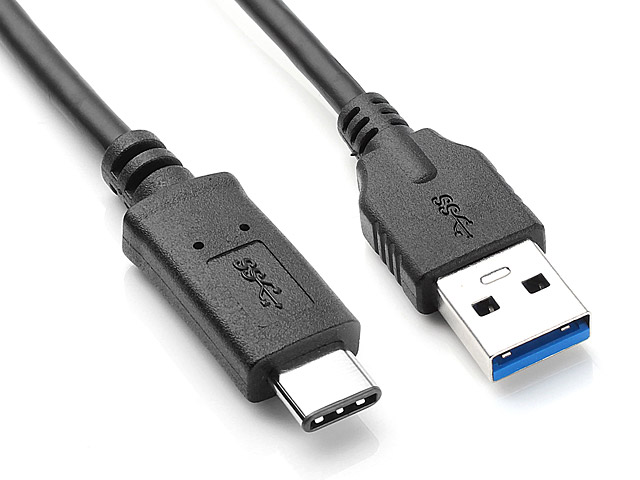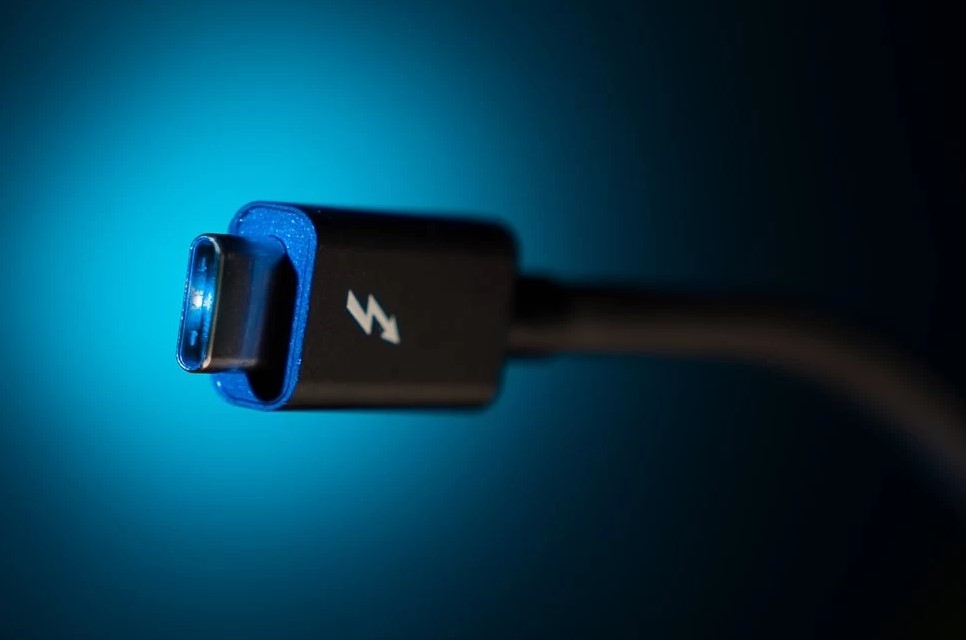In this article:
What are the latest USB4 specifications?
Officially known as USB 4.0, USB 4 is almost due for launch. With some specs to still be confirmed here’s a quick overview of everything we know about the latest USB standard.
Officially known as USB 4.0, USB 4 is almost due for launch. With some specs to still be confirmed here’s a quick overview of everything we know about the latest USB standard.
Will USB4 will be backward compatible?
USB4 cables will use Type-C connectors, which is the flat, rounded port found on most smartphones and laptops these days. We see this connector type being adopted in many industrial small form factor single board computers.
You should be able to plug a USB4 cable into just about any USB Type-C port, but it won’t always function the same way. For example, a USB4 cable will experience a drop in speed when plugged into an older port, while older USB Type-C cables plugged in USB4B 4.0 port will use their highest-possible transfer speed by default (but can’t reach the same speeds as a USB4 cable).
Similarly, you may need and an adapter to use USB4 cables with USB Type-A ports, which the kind you usually see on industrial PCs.

(Type C – left, Type A – right)
What Speed does USB4 support?
Supporting up to 40Gbps USB4 is believed to be twice as fast as the current USB 3.2 standard (20Gbps), this all depends on the type of device being used.
USB cables currently use two “lanes” to send and receive signals from their connected devices. USB4 changes this and will allow some devices single-direction delivery. For example, DisplayPort 2.0's “Alt mode” will increase the available signal bandwidth to 80Gbps, high enough to support 8K HDR video monitors and other high-speed devices over USB4.
Speaking of bigger bandwidth allocations, USB4 also supports the USB PD charging standard, which means your smartphones and other devices will be able to charge much faster over USB4—provided they are built to support fast charging, that is.
USB4 devices can support three maximum speeds: 10Gbps, 20Gbps, and 40Gbps. In other words, make sure you’re scanning a device’s specs to get a sense of its maximum supported speeds if that’s what is most important to you when you’re buying an industrial PC or industrial hub with USB4.
And there’s one more speed-related feature that really puts the feather in USB4's cap, the ability to dynamically adjust the amount of resources that are available when you are sending both video and data over the same connection. So, let’s say that you have USB 4 with a 40 Gbps maximum and you’re outputting to a 4K monitor while copying a ton of files from an external SSD. And let’s stipulate that the video feed needs about 12.5 Gbps. In that case, USB 4 would allocate the remaining 27.5 Mbps to your backup drive.

| Standard | Also Known As | Year Introduced | Max. Data Transfer Speed | Connector Types | Cable Length* | Max. Power |
|---|---|---|---|---|---|---|
| USB 1.1 | Basic Speed USB | 1995 | 12 Mbps | USB-AUSB-B | 3 m | 2.5W |
| USB 2.0 | Hi-Speed USB | 2000 | 480 Mbps | USB-AUSB-BUSB Micro-AUSB Micro-BUSB Mini-AUSB Mini-B | 5 m | 2.5W |
| USB 3.2 Gen 1 | USB 3.0USB 3.1 Gen 1SuperSpeed USB | 2008 | 5 Gbps | USB-AUSB-BUSB Micro-BUSB-C** | 3 m | 4.5W |
| USB 3.2 Gen 2 | USB 3.1USB 3.1 Gen 2SuperSpeed USB 10Gbps | 2013 | 10 Gbps | USB-AUSB-BUSB Micro-BUSB-C** | 3 m | 100W |
| USB 3.2 Gen 2×2 | USB 3.2SuperSpeed USB 20Gbps | 2017 | 20 Gbps | USB-C** | 3 m | 100 W |
| USB 4 | — | TBA | Up to 40 Gbps | USB-C** | — | 100W |
Why is it called USB4?
According to USB Promoter Group CEO Brad Saunders, the “USB4″ branding was chosen to avoid confusion caused by the incremental upgrades of previous USB standards, i.e. “USB 3.1” and “USB 3.2.” It’s also possible that USB4 may be re-branded, or that further upgrades—what would’ve otherwise been “USB 4.1,” for example—will see more definitive naming differences despite still technically being “USB4.”

What is the release date for USB4?
The first USB4 cables and devices are expected to arrive around late-2020, but 2021 is probably more likely at this point. Part of this is because USB4 will cost more than older types of USB to manufacture. And we’re kind of in the middle of a global manufacturing shutdown/slowness/Hell, which doesn’t help speed up USB4's launch at all.










